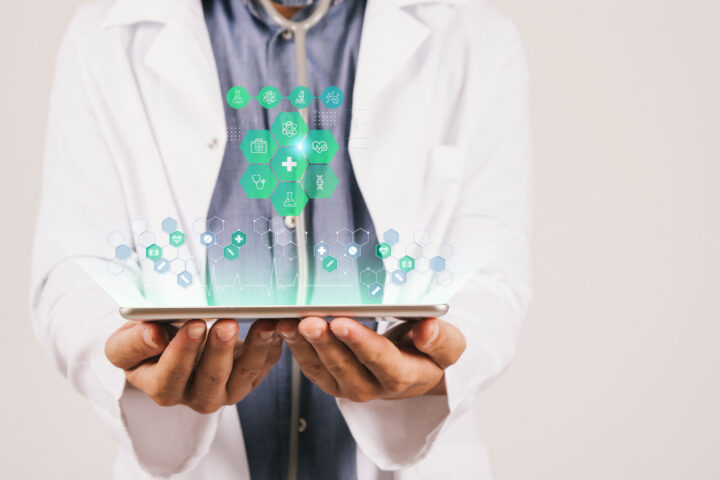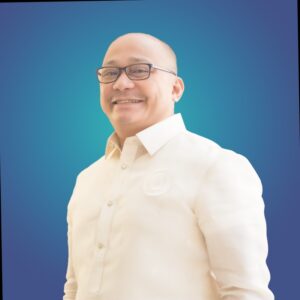In the January 11, 2014 edition of #HealthXPh’s tweet chat and Hangout on Air, #HealthXPh community discussed the value of social media to healthcare. Dr. Iris Thiele Isip-Tan (@edocrine-witch) nicely summed up what transpired during the tweet chat in her blog The Endocrine Witch. As a follow through, I’m writing my responses here in the context of Philippine health care.
What is social media?
Social media is a broad term that describes the use of mobile and web-based devices to turn what were typically one-way online “conversations” into open, interactive dialogue. These include blogs (WordPress, Blogspot, etc.), microblogs (Twitter) social and professional networking (Facebook, LinkedIn), community applications (Wikipedia, forums), geo-positioning software (Foursquare) and an ever-expanding list of “applications” (“apps”).-HiMSS Publication
You can read more of social media in this page (Wikipedia on Social Media).
Who is using it?
Currently we don’t have Philippine data on healthcare social media usage. Given that Filipinos are the world’s most active social media users, (with over 75% of the active online population using social media, compared with the global average of just over 50%- according to mediameasurement.com data; and this social media metrics too) it’s not impossible that most if not all categories of healthcare stakeholders in the Philippines use social media too.
The big question is, do these healthcare stakeholders use social media for healthcare purposes?
T1: Is there value to social media use in healthcare?
Social media provides value by connecting consumer (i.e. patients and support structure) with physicians/specialists, sources of information and specific support networks. It can also provide informational, communicative and emotional value to patients. Benefits to providers include the ability to quickly and proactively share information with patients.-HiMSS Publication
In the Philippine context, yes. Social media has value when used in healthcare by any or all of its stakeholders. I wrote about the value of social media presence for healthcare professionals in 2011, here. In terms of patient engagement, much has to be explored and learned.
The Filipino “friendliness”, “friend helping friend” or “bayanihan” attitude is postulated to be reason why Philippines is the social media capital of the world. Such attitude easily recognizable across all social media networks where Filipinos are, could be of great value to support groups in health care.
Sharing of healthcare information across social media networks is also of value for physicians and healthcare institutions. A well thought and implemented social media policy is a powerful tool for initial health consumer engagement. It may also be of alternative as a patient follow through in areas where access to physicians and healthcare institutions is difficult.
Some healthcare institutions in the Philippines are already using social media to solidify their online presence and engage their clientele. Physician associations and societies are beginning to build up their social media presence too. Of course, patient support groups sprouted and has been actively growing in numbers since.
T2: What social media tools do you use for healthcare and how do you use them?
Even if mobile sms isn’t classified as social media, phones with texting interface to update social media networks have greyed social media definitions. With mobile sms to social media updates now possible, I use both sms and facebook (and sometimes twitter) to initially engage health consumers to come my clinics. I also use facebook to share health information. To interact with colleagues and health care institution/academe, I use LinkedIn, twitter, facebook and now Google+. Each of this social media platforms has its advantages and disadvantages depending on the categories of healthcare stakeholders you are trying to target. I employ a mix of these platforms for better reach.
T3: Do you think there should be guidelines on social media use in our hospitals/health care institutions?
Of course there should be guidelines to social media usage in healthcare. However, it should not be too restrictive to pin down social media’s potential to enhance patient engagement and healthcare collaboration. My idea of guidelines is akin to a digital version of a patient-doctor relationship offline, in the clinics. Privacy and confidentiality issues should be the same both offline or online. A digital consent maybe a step forward in this context.
My closing thoughts for this tweetchat/HOA/post, social media usage in healthcare is of value more so in the Philippine context. As to what category of healthcare stakeholders social media is of great value, that’s where the guidelines should be developed. Taking cue from what @practicalwisdom has pointed in the #HealthXPh tweet chat, there should be guidelines too on how we can explore further the value of social media for healthcare. Not just restrictions. These guidelines will help explore social media usage to effect change in the Philippine health care system.
Photo credits to Social Media Explained in Healthcare in Visual.ly




